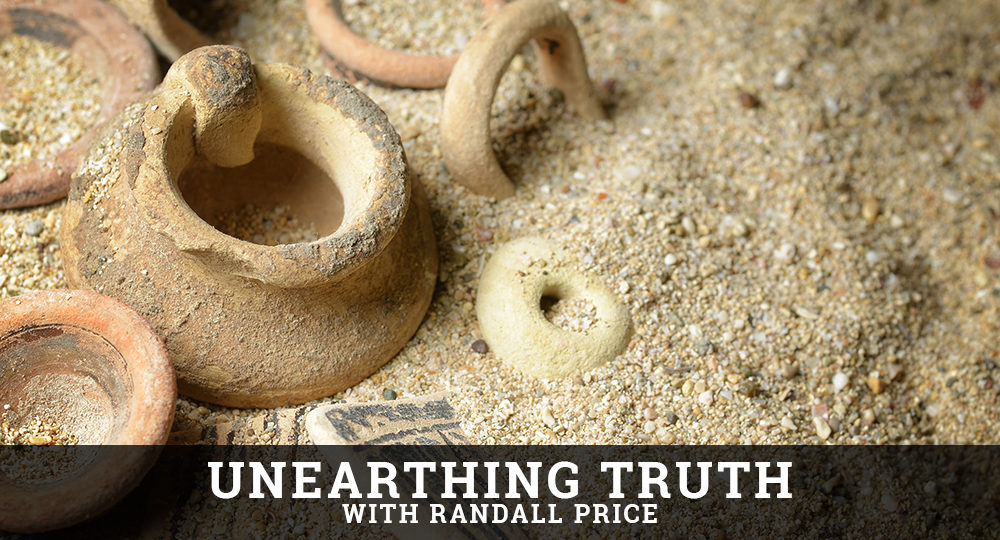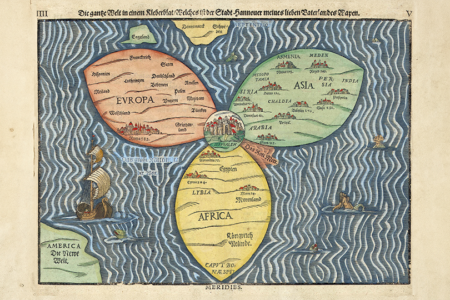Digging up King Saul
King Saul began a major transition in Israel. He physically established the first Israelite kingdom in the region of Benjamin and spiritually transformed Israel from a theocracy mediated by judges to a monarchy. The nation’s spiritual decline in the Judges period culminated in the national rejection of God’s rule (1 Sam. 8:7). While some skeptics question the king’s historicity, recent excavation in the land of Israel has produced evidence to support the biblical account of Saul.
Archaeological surveys and excavations in the geographic areas mentioned in 1 Samuel, which records developed cities and administrative polity under Saul’s reign, have proven Scripture historically accurate. During the time the Bible offers for Saul’s kingdom and campaigns (11th–mid-10th centuries BC), there arose fortified settlements, the only ones then in Benjamin’s previously unsettled hill country. After Saul’s son Ishbosheth’s reign (latter 10th century BC), this area declined and was largely abandoned.1 The fact that the Bible records many sites here as vital parts of Saul’s exploits, including Mizpah (10:17), Geba (13:3), Michmash (13:2, 23; 14:5, 31), Gilgal (10:8; 11:14–15; 13:4; 15:12, 21), and Gibeon (2 Sam. 2:12–13; 21:2), indicates a regional civil authority over the Benjaminite clans2—the beginning of the Israelite kingdom, ruled centrally in Gibeah (1 Sam. 10:26; 11:4).
The excavations at Khirbet Qeiyafa—a fortified city (probably Shaaraim, 17:52) near the Elah Valley, where Saul’s army opposed the Philistines and David defeated the giant Goliath (vv. 2–4, 50)— also provide evidence of Saul. Royal architecture, including a four-chamber gate; palace; place of ritual worship; and evidence of scribal activity, radiocarbon dated to the 11th–10th centuries BC, affirm that this Judean city constituted part of the Israelite kingdom.
The Qeiyafa Ostracon, an inscribed potsherd written in the earliest known Hebrew, supports Saul’s historicity. Leading French epigraphist Émile Puech, famous for his translation of some of the Dead Sea Scrolls, contends that the text references Saul’s ascension to Israel’s throne because it “contain[s] all of the essential” components of the biblical narrative between the Judges period and Saul’s reign.3
Another relevant discovery is a storage jar found near an entrance to the fortified city bearing an inscription containing the name Esh-Baal, the name of Saul’s son, Ishbosheth (1 Chr. 8:33; 9:39; cf. 2 Sam. 2:8–15; 3:7). The deliberate change replaced the false god Baal’s name with the term boshet (“shame”). This substitution helps date the site because personal names with the element “Baal” disappeared from Scripture and ancient Judean inscriptions thereafter.4
In 1868, Tell el-Fûl, which contains the remains of a fortified palace and defensive tower in ancient Gibeah, became the first site excavated in Israel. William Foxwell Albright, the dean of American archaeology, later excavated there and concluded, “No topographical point in Palestine is more certainly fixed than the identity of Tell el-Fûl with Gibeah of Benjamin and Saul.”5
While secular Jewish archaeologists may deny Saul’s existence and his palace at Gibeah, Muslim Jordanian King Hussein believed the account and sought to build his own palace at the same site. Hussein, who once occupied this part of biblical Judea and Samaria (1949—1967), chose this site to symbolize his new rule over Israel’s land. But his brief reign was ended by Israel’s victory and reclamation of its land in the 1967 Six-Day War. Interestingly, the home of Meno Kalisher, The Friends of Israel’s Israeli field director and pastor of the Jerusalem Assembly House of Redemption, overlooks this site, testifying that faith in the Messiah triumphs over those who deny God’s Word and His Chosen People.
Archaeological evidence of principal biblical figures like King Saul should encourage critics to accept the Bible’s historical interpretation.
ENDNOTES
-
-
-
- Josiah Selednik, “King Saul in Archaeology and Text” (April 10, 2024), Examining the Bible (tinyurl.com/Benjamin-Sites).
- Omer Sergi, The Two Houses of Israel: State Formation and the Origins of Pan-Israelite Identity (Atlanta, GA: SBL Press, 2023), 289.
- Gerard Leval, “Ancient Inscription Refers to Birth of Israelite Monarchy,” Biblical Archaeology Review, May/June 2012 (tinyurl.com/Qeiyafa-Ostracon).
- Yosef Garfinkel, Mitka R. Golub, Haggai Misgav and Saar Ganor, “The ’Išba‘al Inscription from Khirbet Qeiyafa,” Bulletin of the American Schools of Oriental Research 373 (May 2015), 217–233.
- William Foxwell Albright, “Excavations and Results at Tell el-Fûl (Gibeah of Saul),” AASOR 4 (New Haven, CT: American Schools of Oriental Research, 1924).
-
-







